Facial expression in text form
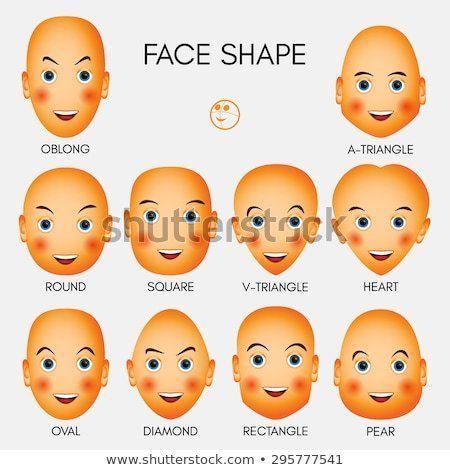

Mercy Age: 28. ??Si quieres ??pasarla rico mis amores aki ??estoy para ??ti para que me ??haga los que tu quieras ??papi espero que me escriba mis amores mi WhatsApp + ,,Provided Services : Escorting, Classic Sex in any position, Oral Sex without, Oral Sex until complexion, COB, COF, Threesome, Couple
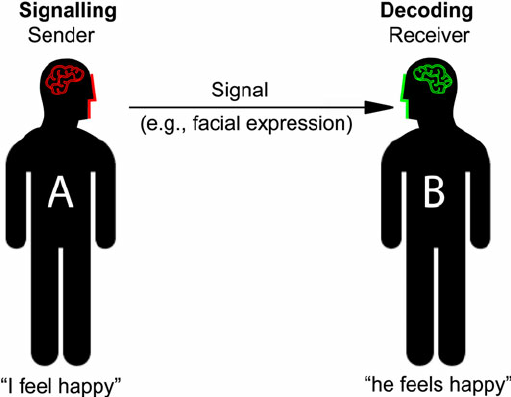
The Artist's Complete Guide to Facial Expression: Gary Faigin: www.brink7.eu: Books
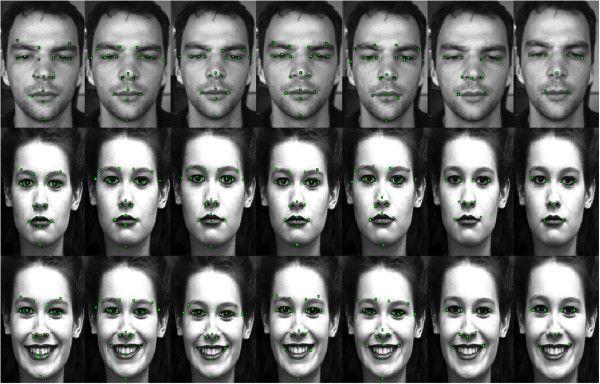
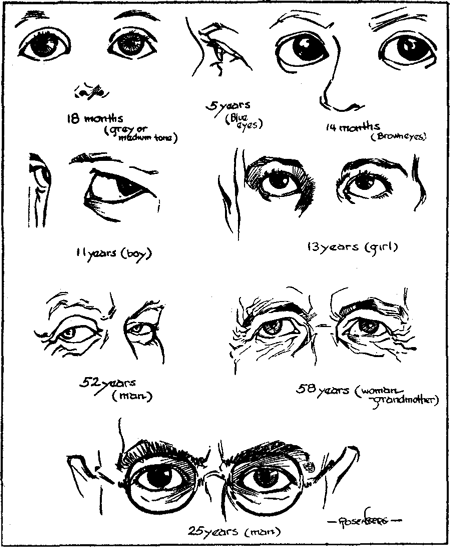
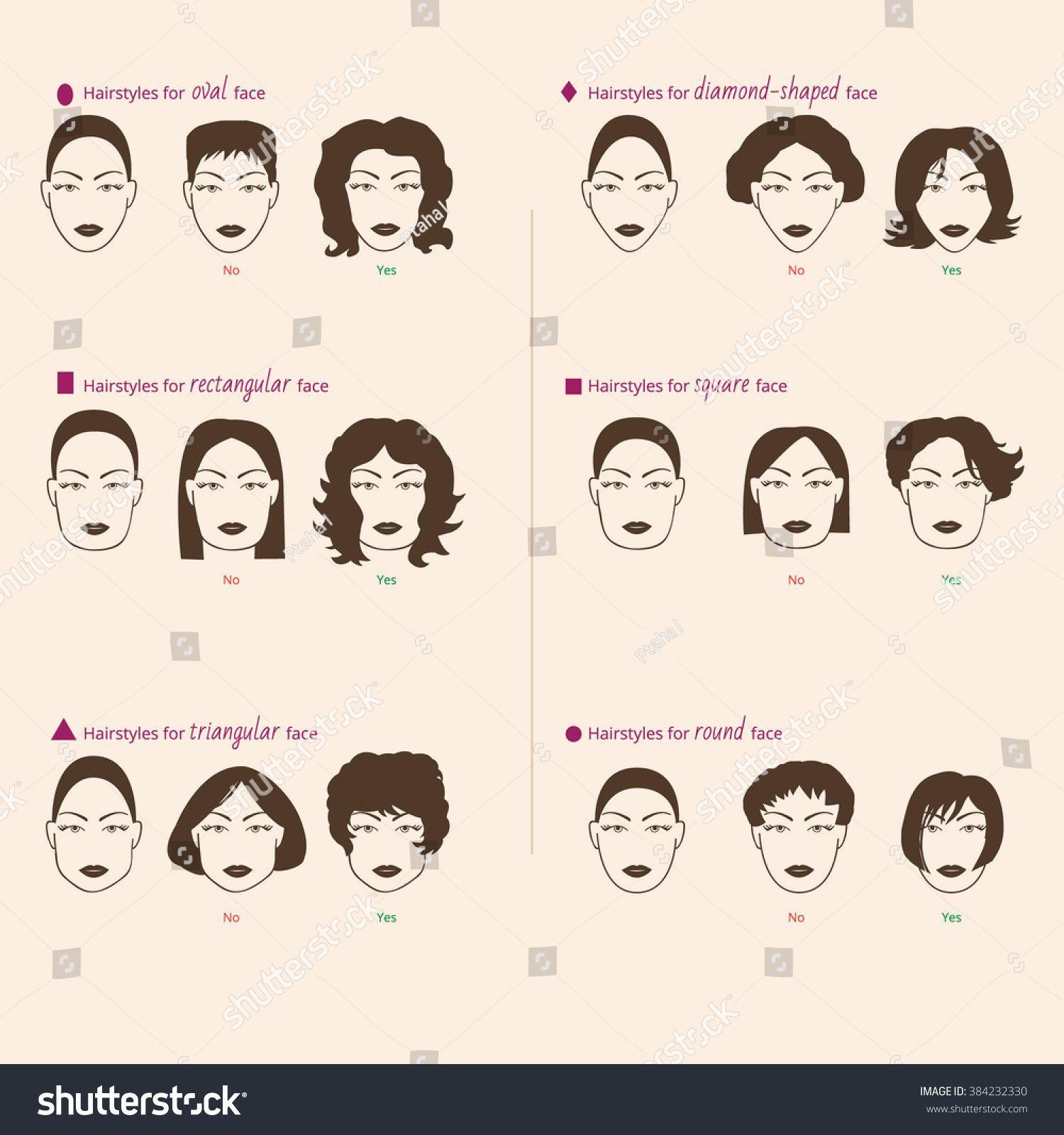

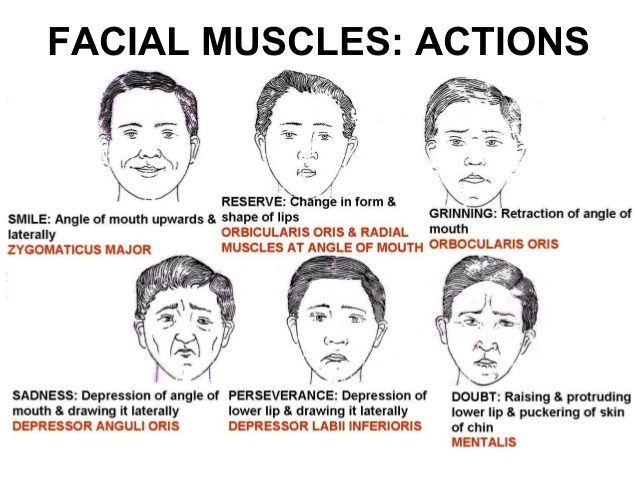

2 Nov A smiley face is a facial expression, or emotion in text conversations. Learn how to read and make your own smiley faces or emoji.



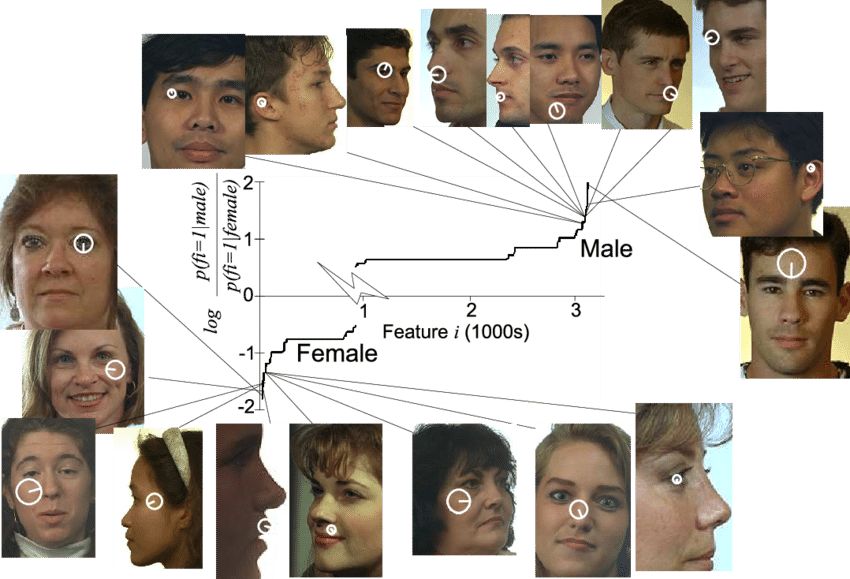
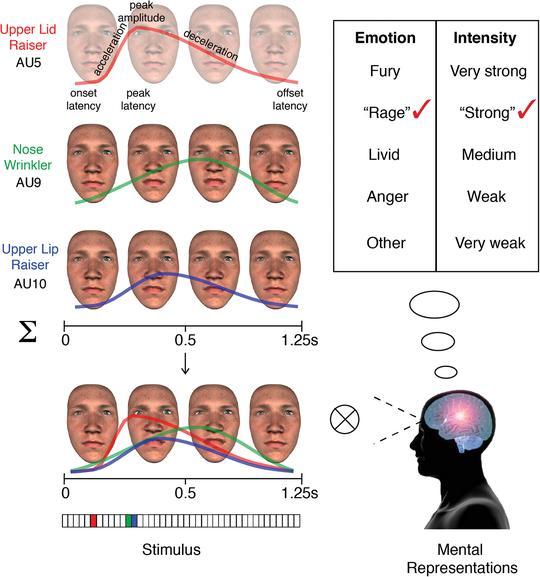
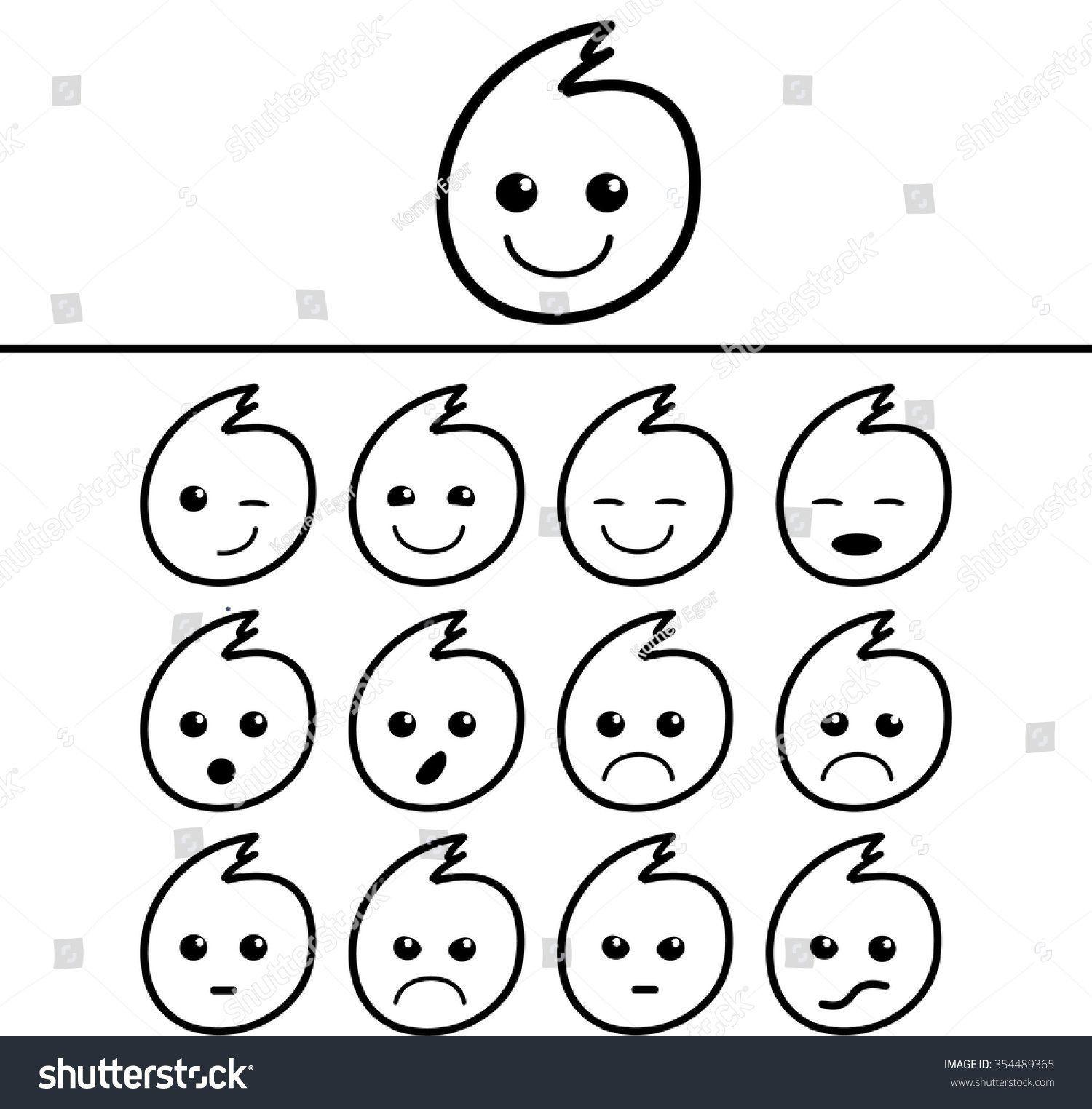
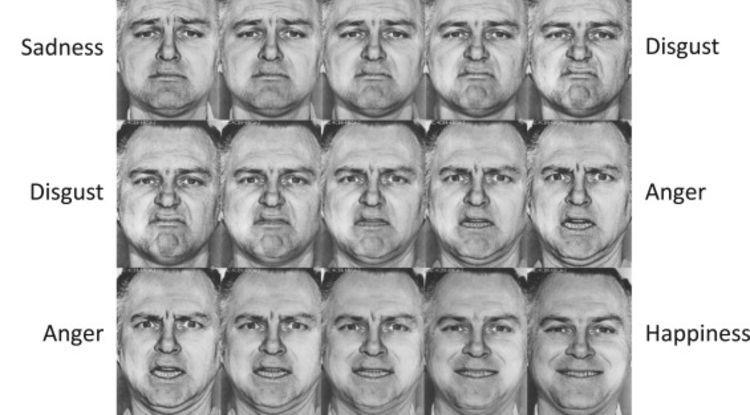



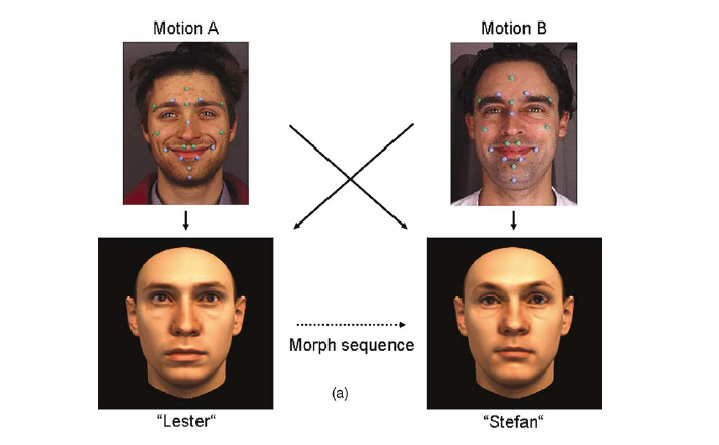
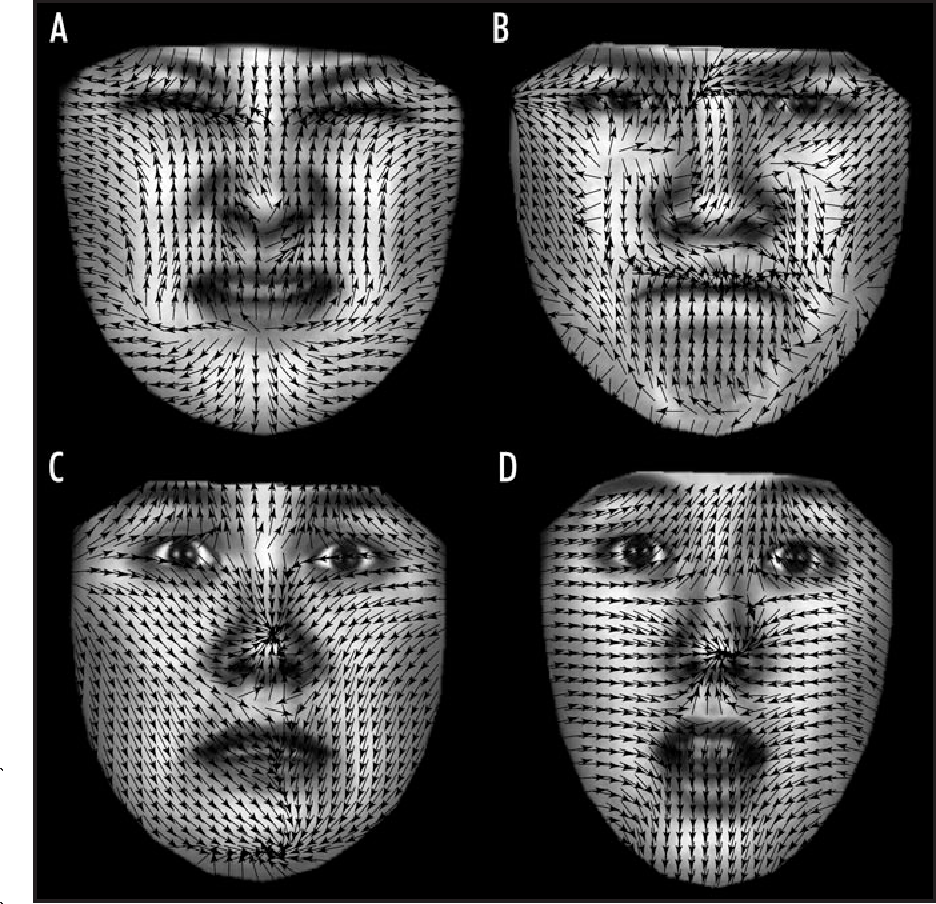
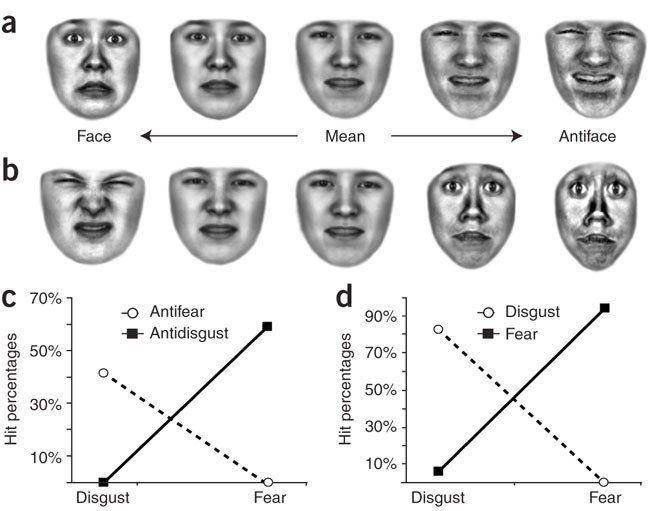
Following Wierzbicka (), we argue that facial expressions are semiotic units (form-meaning pairings) that can be analyzed with the same semantic methodology .. CrossRef Full Text. Fridlund, A. J. (). “The new ethology of human facial expressions,” in The Psychology of Facial Expression, eds J. A. Russell and J.
16 Mar This Thesis is brought to you for free and open access by the Graduate College at Iowa State University Digital Repository. It has been accepted for inclusion in Graduate Theses and Dissertations by an authorized administrator of Iowa State University Digital Repository. For more information.
Description:Although beyond the scope of the current paper, such questions can now be addressed with our platform by constructing a more diverse range of facial expression models that accurately reflect social communication in different cultures beyond the six basic categories reported in the literature. Our results provide a converging perspective by showing that different regions in the face-processing network can have either a primarily categorical or a primarily continuous representation of facial expression. Using the resulting k centroids, we then assigned the remaining 90 models to clusters on the basis of shortest Euclidean distance, and calculated MI, i. Analysis of the models revealed clear cultural specificity both in the groups of facial muscles and the temporal dynamics representing basic emotions. This smiley presumably inspired many later emoticons; the most basic graphic emoticon that depicts this is, in fact, a small yellow smiley face. Cells in the amygdala would therefore be expected to have this property of being able to respond to more than isolated features, and it is known, for example, that the amygdala's response to fearful expressions is based on multiple facial cues because it can be driven by different face regions when parts of the face are masked
































User Comments 5
Post a comment
Comment: